How to generate ideas
Award-winning designers share how they come up with ideas, and then nurture them to fruition.
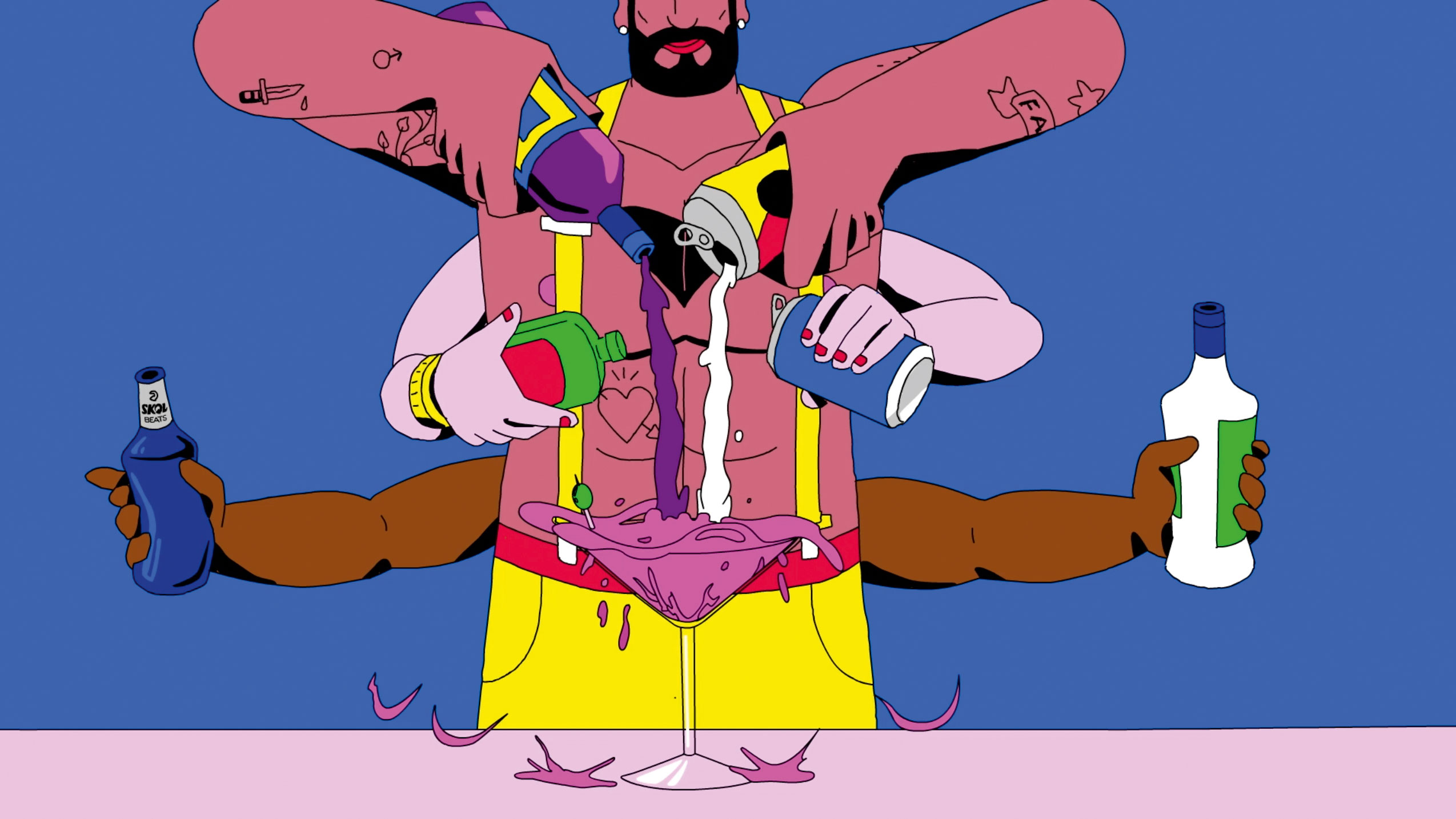
Everyone wants to know how to generate ideas. That's because strong ideas are the bedrock of the creative industries. They keep the work fresh, but also help engage audiences who are overwhelmed and fatigued by the relentless noise coming from brands. Strip away the craft, and if there isn’t a compelling thought beneath there’s a risk that even the most beautiful piece of design risks becoming little more than decoration.
If you're not sure what constitutes a good idea (it's usually a lot easier to tell with other people's work than your own), then check out our examples of experimental design.
“Ideas are what engage and delight an audience,” confirms Jim Sutherland, multi-award-winning founder of Studio Sutherl&. “Being able to sum up an idea in a few words is a good way to know you have a strong and simple solution,” he adds. “You should be able to tell someone your idea over the phone.”
“Ideas come first, always,” agrees Matt Baxter, co-founder of Brighton-based design studio Baxter & Bailey. Design is about thinking, solving problems and innovating, asserts Baxter. And in order to have maximum impact, you need people to understand your ideas as easily as possible in order to get excited by them.
“Ideas resonate," Baxter explains. “They can make people change the way they think, behave, act. Great ideas change culture, influence politics, shape the world. What that thinking looks like is secondary, but also vitally important – the craft or execution of those ideas can increase that resonance massively.”
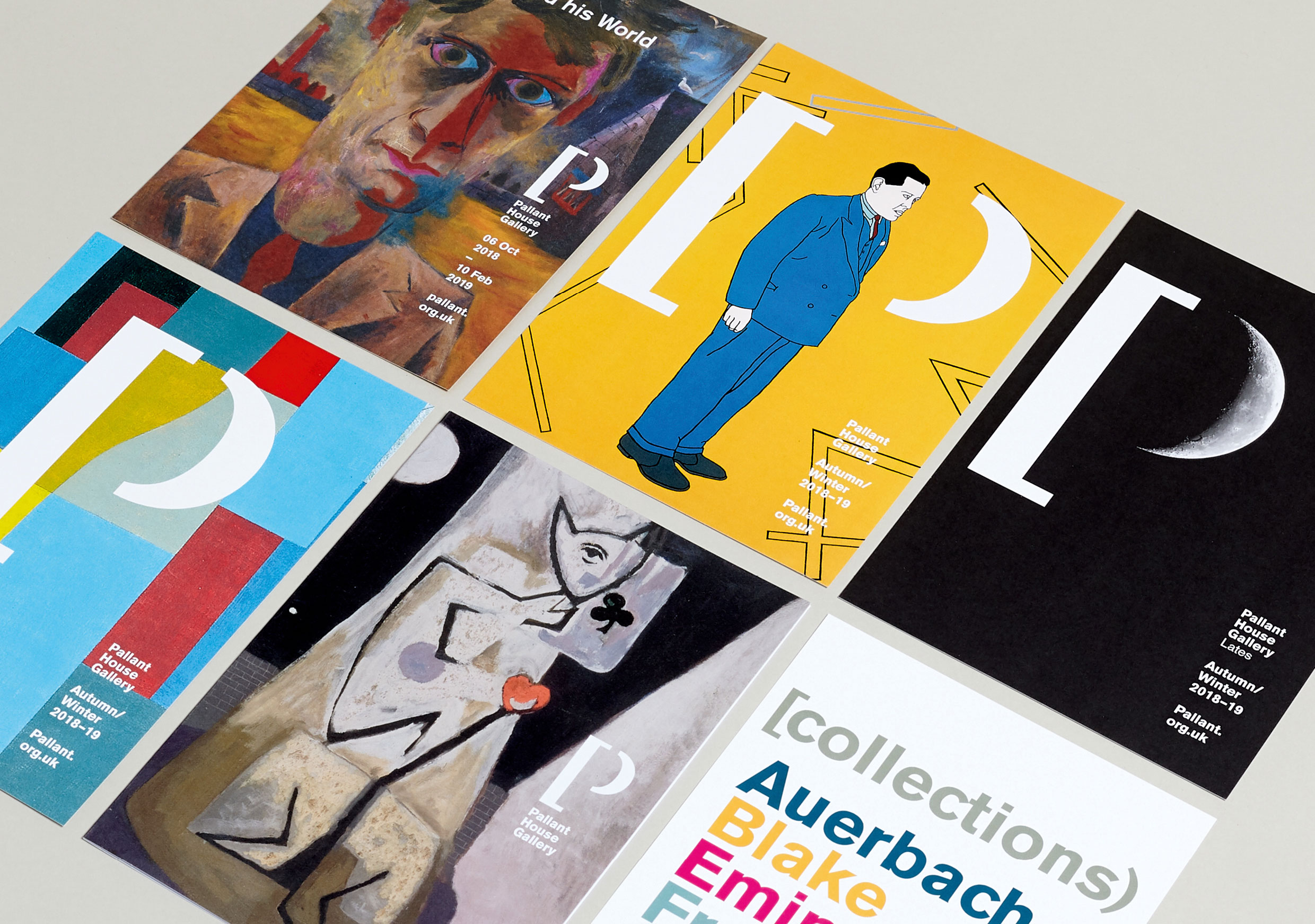
“Ideas have the power to change the way people think,” believes the veteran creative director, Rosie Arnold, who after more than three decades at BBH, followed by a stint at AMV BBDO, is now an independent consultant.
A firm believer in design’s social impact potential, Arnold was instrumental in introducing the White Pencil Award while D&AD president from 2011-12. “Whether you’re creating a brand, changing opinion or changing the world, without that great idea you can’t do anything,” she says.
Daily design news, reviews, how-tos and more, as picked by the editors.
"I think if you don’t have a great idea to start with, then it’ll never be great," adds Susan Hoffman, chief creative officer at Wieden+Kennedy. "The only argument is: ‘Does it emotionally get you?’ Entertainment can do that, long copy can do that, a song can do that. Many things can," she continues.
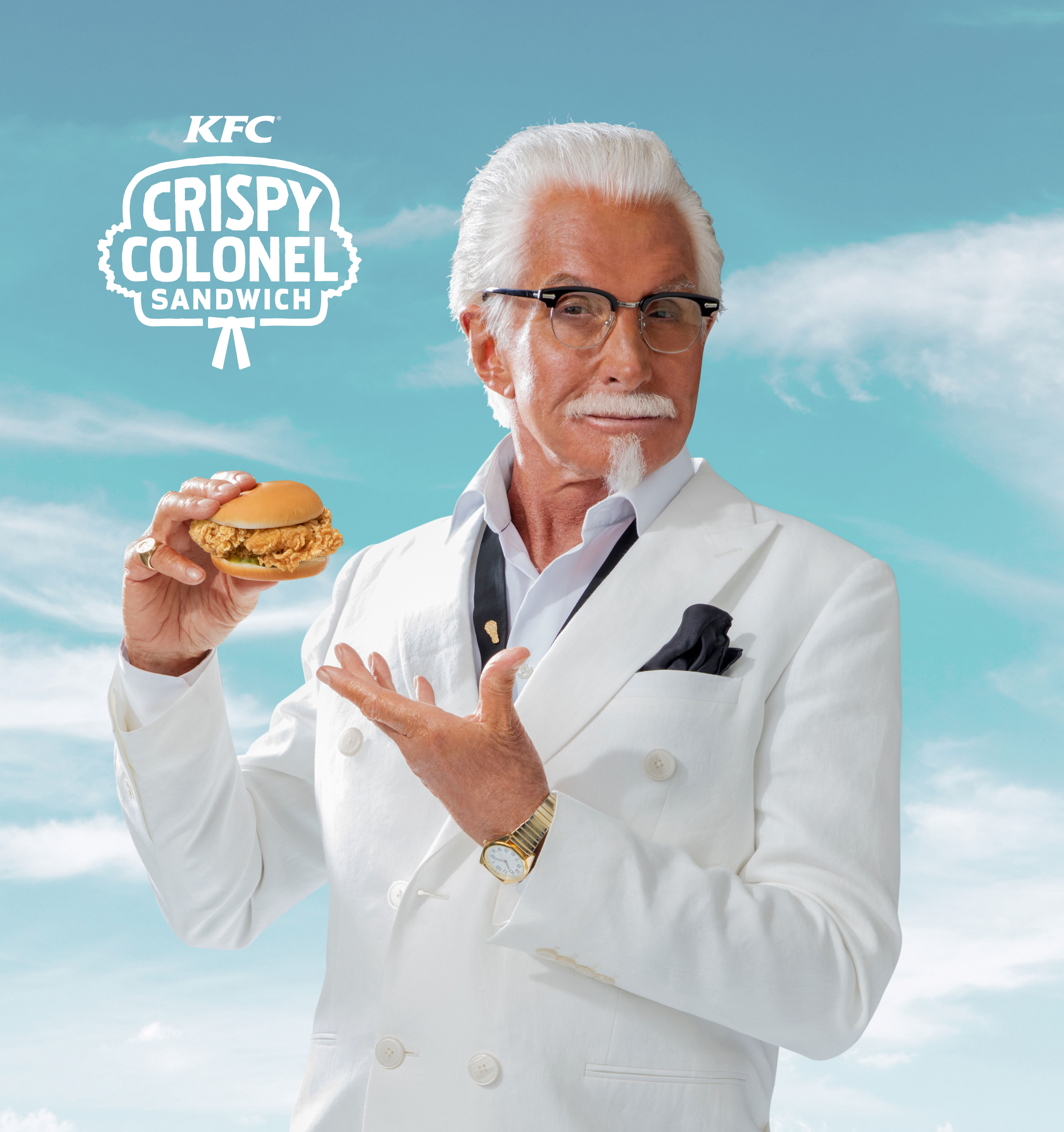
As a fiercely independent agency that beats its own drum away from the big networks, Wieden+Kennedy prides itself on being wonderfully off-kilter both in its culture and its work – and the agency has made weirdness work for brands as diverse as Old Spice, KFC and its founding client, Nike.
“But it’s getting harder for us to be weird,” admits Hoffman. “You need a balance of right and left: if you don’t you’re in trouble. We use phrases like ‘the right kind of crazies’ and ‘ship of fools’ to describe the agency, to remind ourselves not to be too serious, have fun, and be human.”
For Hoffman, it all boils down to finding a relevant ‘truth’ about the brand in question to build from. Fabricate something just to fit a brief and you’re building a campaign on quicksand in an age where consumers are demanding substance and authenticity.
“We really shouldn’t get out of the starting gates until we know that truth. I’m not saying it’s easy to find, or to execute, but if you bank on truth you stand a better chance of pulling it off, and you know that it’s right,” says Hoffman. “It’s always there, you just have to dig hard to find it.”
Where to find a great idea
Finding a killer idea is certainly no mean feat, and it often takes an open mind to spot potential and bring it to the surface. Sutherland’s creative process involves hundreds of scribbled ideas: “It’s about experimenting and testing out all sorts of approaches,” he explains. “I constantly add new thoughts and ideas in notebooks, on scraps of paper and so on.”
In order to whittle all these rough starting points down into ideas that have legs, the next step is to talk them all through and determine which have the most potential to “grow and flex”, as Sutherland puts it.
“Best-seller ideas tend to stand out under scrutiny,” he explains. “Keep looking, talking and reflecting. You should work hard, but it shouldn’t be hard work – it should be good fun. It’s like a pig snuffling for truffles, if you enjoy the process and you unearth the reward.”
“Brilliant ideas are tenacious. They hang around and refuse to be squished down,” agrees Baxter. “When you spot a great idea lurking amongst the doodles in a notebook or sketchpad, you generally feel that initial lurch of excitement. You may well move on to other ideas through your design process, but you return to the good ones – or they return to you.”
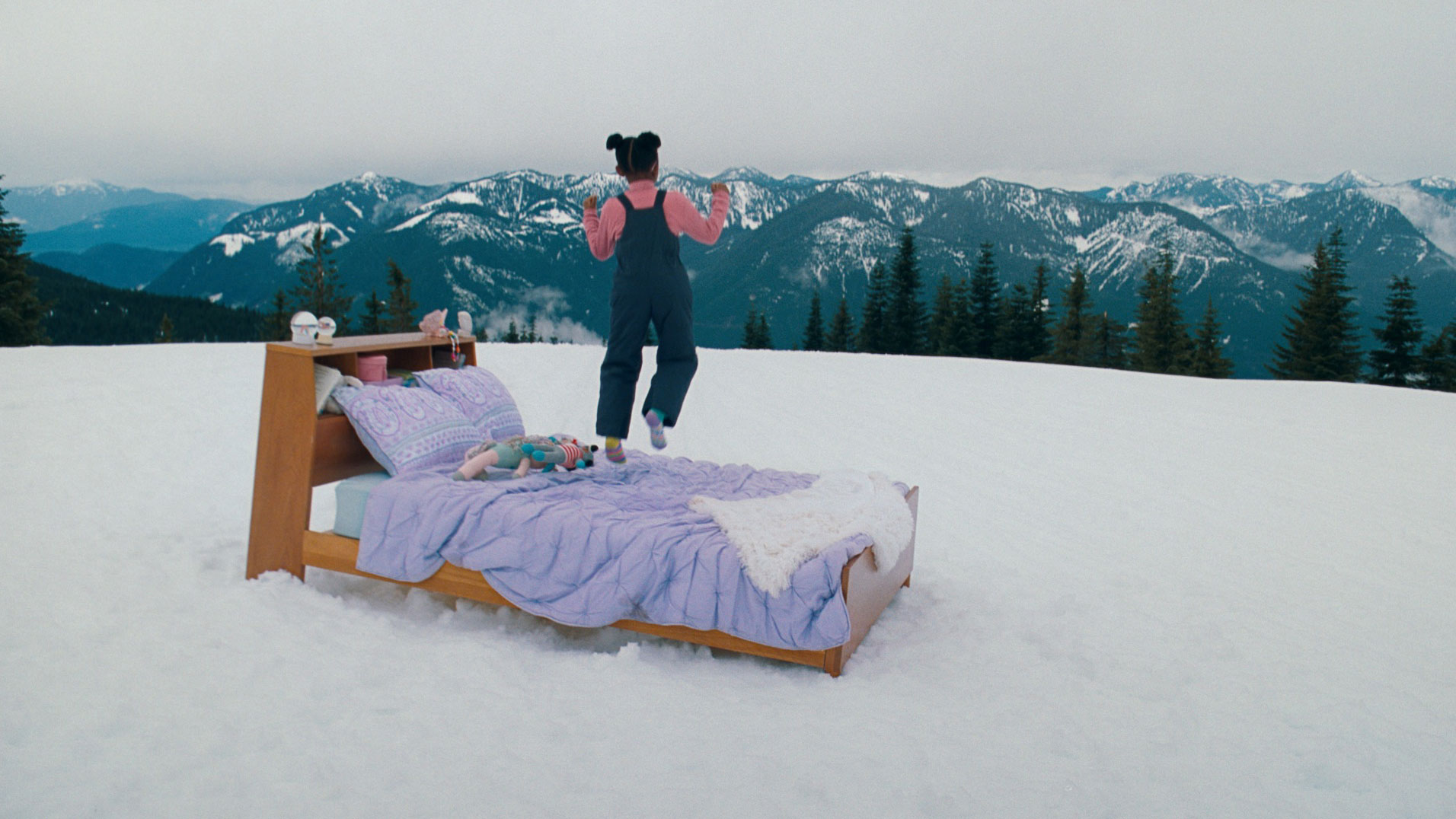
Hoffman gives the example of W+K’s long-running Olympics campaign for P&G, not on the face of it an easy brand to link with sporting achievement. The solution was beautifully simple: behind every world-class athlete is a mum who believes in them, and has brought them up for greatness. “It was the most relevant, authentic angle,” she says.
With the tagline ‘For teaching us that falling only makes us stronger’, the initial campaign for the Sochi 2014 Winter Olympics tracked several athletes’ journeys from early childhood to Olympic glory, their mums always there to pick them up whenever they fall. P&G, in turn, was the ‘Proud sponsor of mums’. All of a sudden FMCG products such as nappies, detergent and shampoo – the everyday ingredients of growing up – were seamlessly woven into a genuinely uplifting narrative concerning sport.
Subsequent campaigns adapted the concept to explore mental strength in the face of adversity and fear (‘It takes someone strong to make someone strong’, Rio 2016) and acceptance in the face of prejudice and persecutive (‘Imagine if the world could see what a mum sees’, PyeongChang, 2018).
Inspiration outside the office
Inspiration can strike at any time and according to Arnold, more often than not this will happen when you’re more relaxed, rather than straining to find a breakthrough sat at your desk. “Making a cup of tea is good. Your brain is like a computer: when you stop programming it, it carries on working,” she believes.
“And don’t go to the internet for ideas,” urges Arnold. “You’ll get sucked down a rabbit hole, and because you’re specifically looking for stuff, you’ll end up with tunnel vision.” She reveals that her best ideas often come following a trip out of the office – bookshops in particular.
It’s vital to spend time away from work to inspire and refresh your brain
Jim Sutherland
“I love the photography section, and especially the illustrations in kids’ books. They’re fabulous, very simple. Flicking through stuff that might have absolutely no relevance to what you were doing helps you think outside the box. It’s a randomisation idea process, rather than selecting to see something just because you’ve gone into a search engine.”
“It’s vital to spend time away from work to inspire and refresh your brain,” agrees Sutherland. “The more amazing visual, verbal and aural things you feed in, the more interesting work comes out the other end. It’s a very poor approach to think you need to sit in your studio at a computer to generate ideas. Most ideas come thorough conversation, inspiration and when you’re not expecting them.”
How to nurture a great idea
Great ideas need to be nurtured and protected if they are ever to reach their full potential – particularly in the face of pressure from the client to mould them in ways that compromise their integrity, or keep tagging on extras that dilute or distort them.
"It’s easy to put too much irrelevant stuff in," admits Arnold, who compares the situation to the kids’ game Buckaroo. "If there’s a lot of stuff in the brief, don’t try to misshape it to answer everything. Strip it back and think: how is this idea the best it possibly can be? Sometimes you need to persuade the client that there are a few things they wanted that can drop off, if it solves one thing really well."
That’s the key, for Arnold: when you’ve found an idea that’s still compelling in its very simplest form, you must stay faithful to that essence throughout the process. "Think, what are the pieces that we do not want to lose? Would we rather walk away from the idea than make it like that? Therein often lies the problem," she admits.
“Time gets in the way,” she adds. “You’ve been to-ing and fro-ing about an idea for weeks, and suddenly the deadline is coming up and the idea looks nowhere like it did at first because everyone’s had their input. It’s shifted. And yet you have to make it, even though it’s nothing like what you intended. Sometimes you don’t have the luxury of saying, ‘No, I don’t want to make it like that,’ although you should.”
Collaborating on ideas

Collaboration is an integral part of the creative process, but Arnold believes the best ideas need ownership and singular creative vision, whether from an individual or a small creative team. “Collaboration can make it wonderful – working with the right director, or illustrator for instance – but ideas need ownership,” she insists.
“You need a benign dictator to inspire people. The minute you fragment it, even sometimes with two creatives, it makes it harder to realise,” Arnold continues. “The ownership of the idea needs to rest with one person. Otherwise there are too many cooks. Sorry, but that’s the way it is. Everybody wants to be creative: you’re not.”
Hoffman disagrees. “I don’t think it works that way any more,” she counters. “In the olden days the idea sat with the copywriter and art director. Now it sits with a lot more people. Although you have to make sure it’s not too many, and you have to make sure it’s the right people.”
Sometimes, Hoffman continues, the right idea comes from a totally different place from the original challenge. She gives the example of a brief for Skol beer that came into W+K Sao Paulo, which on the face of it was about raising awareness of drink-drinking – but the team decided to take a different tack.
“They realised that when you get drunk you make bad decisions, and maybe go home with the wrong people,” she explains. The result was a striking, psychedelic animation that turns the original concept on its head, shifting the focus from driving to sex, with the tagline: ‘Drink Right, F*** Right’.
The role of an idea within a project, and the impact it has on the outcome, can vary significantly based on the discipline in question. For Arnold, advertising is the heartland for verbal ideas – communicating a particular concept by telling a story in the best way possible. Branding, on the other hand, is where simple visual ideas cut through the noise.
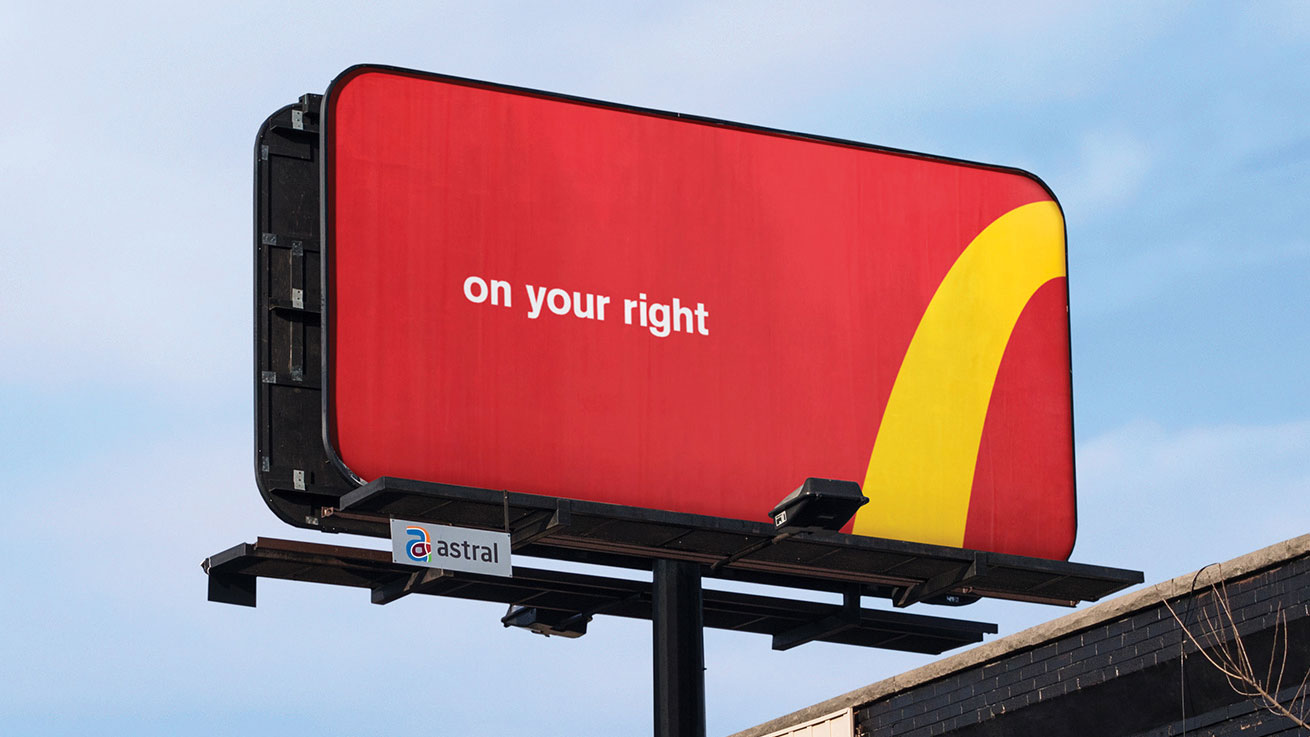
To illustrate this, she gives the example of McDonalds’ 2018 D&AD Wood Pencil-winning campaign ‘Follow The Arches’ by Canadian agency Cossette, which used tightly cropped elements of the iconic Golden Arches logo to represent roads – a beautifully simple way to give directions to the nearest restaurant.
“That’s an example of fantastic branding: you know exactly what that brand is and what it’s saying to you, just using parts of the logo,” she enthuses. “To me, that’s what you’re trying to do as a brand: create an iconic image. Advertising is more fluid, and the message is often more complicated, so it needs to be about the idea.”
How to pitch an idea
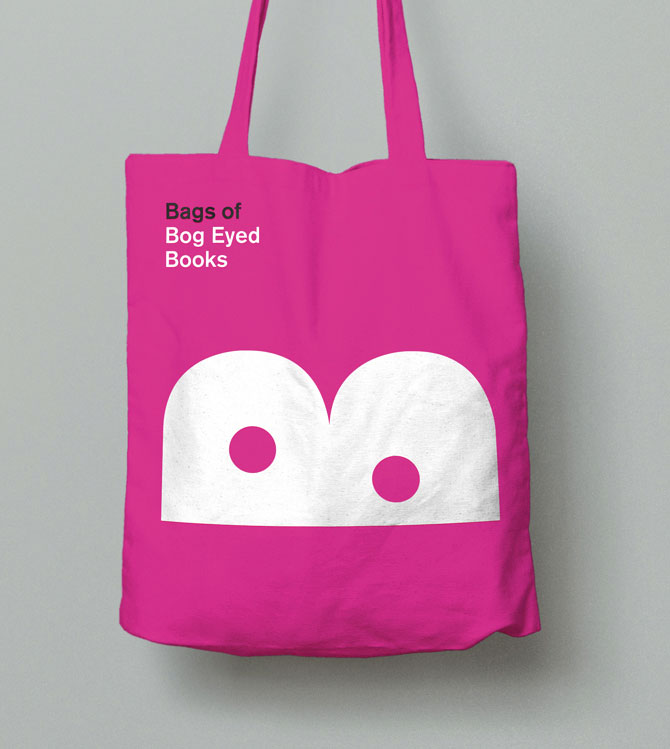
Once you’ve found a suitably infectious, flexible, durable and simple idea – no mean feat – then pitching it to the client should, theoretically at least, be the easy bit.
“Great ideas sell themselves,” insists Sutherland. “I don’t ever feel that I’m ’selling’ an idea, I simply try and explain why we feel it’s the right approach. You take clients on the journey of the thought process and rationale.”
At an early concept stage, Baxter & Bailey will always follow the process of discussing ideas internally using rough sketches – but it’s rare that those rough sketches will ever find their way in front of a client. “At the sketch stage, ideas feel embryonic and open to change. By looking at a sketch, we’re scrutinising the idea, rather than the execution,” reasons Baxter.
“But clients generally – and quite rightly – want to see that the ideas we present have the flexibility and strength to work for them,” he continues. “If it’s a brand identity, we’re keen to present the idea as broadly and comprehensively as possible. Can it stretch from a tiny animated GIF to a massive billboard? If it can, it’s likely to have legs.”
Nevertheless, even the strongest ideas can buckle under the strain of ‘design by committee’, and Sutherland believes resolve and determination are essential to keep the standard of output high. “Good ideas need to adapt and flex, but it’s so important to keep single-minded and strong to keep the integrity of an idea,” he says. “And it’s the responsibility of everyone involved to keep that fundamental idea alive.”
On rare occasions, adds Arnold, it becomes an uphill struggle not to sell an idea to the client, but to the rest of the agency internally. She gives the example of 2010’s ‘rapping farmers’ spot for Yeo Valley that she headed up while at BBH – which spawned a hit single for fictional ‘farmer boyband’ The Churned the following year.
“The client said, ‘I run a real farm, and I want to make organic produce available to the masses, not middle-class Waitrose mums’,” she explains. “He was actually prepared to lower prices to make it more affordable.” Tired of people saying the brand name incorrectly, he added that ‘Yo’ is the right pronunciation – which soon set the cogs whirring.
“It may have been the corniest idea in the world, but rapping farmers seemed suitably fun, populist and mainstream,” explains Arnold. “We won the business on it, but had to push it hard within the agency as people thought it was too cheesy.” It went on the win a D&AD Pencil for Music in Advertising.
You know when you’ve landed on a great idea, Arnold continues, and those are the ones where you have to fight. “Some of my best work is where I’ve seen an opportunity I hadn’t been briefed on, and tried to do that,” she adds. “If it’s something you haven’t been challenged with, you’re freer.”
When to fight for an idea, and when to flee
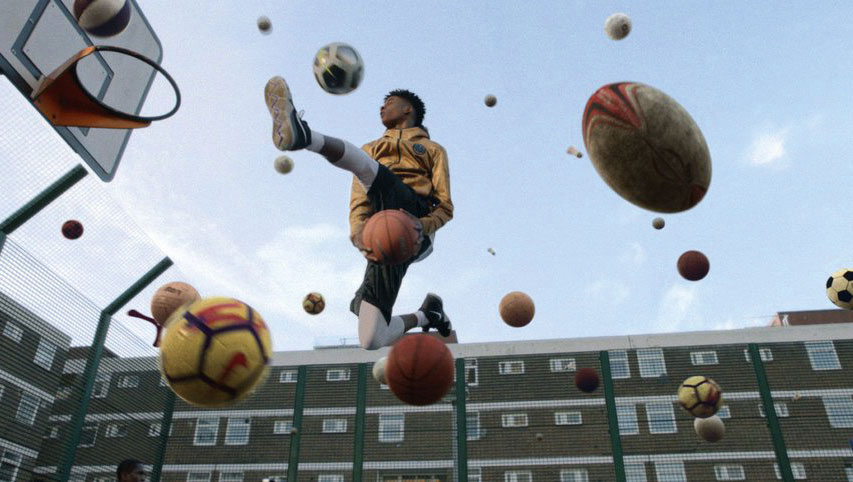
Ultimately, of course, the client needs to share your vision to get great work made. Sometimes the will isn’t there and it’s a waste of everyone’s energy to force a square peg into a round hole. “Sometimes there’s a point where you have to go, ‘Yeah, the client actually doesn’t want it’,” Arnolds admits.
“You have to fight a lot,” urges Hoffman, who admits W+K has had projects where a concept has been pulled around so much in meetings that the soul has been sucked out of it. “In those situations, you need to talk about what’s happening,” she says. “Limit the idea to what absolutely needs to be heard, and make that the most important thing.”
Arnold adds that it takes guts to tell a client that suggested changes are going to undermine, rather than improve, an idea. “Everyone likes to feel they’re getting somewhere,” she reflects. “You know, ‘This bit doesn’t work, change this.’ It’s like chopping up a Mozart symphony. Then you play it, and it doesn’t make any sense. ‘But we’ve got somewhere?’ No you haven’t, you’ve just wrecked a really good composition.”
It’s so much easier for clients to look intelligent and clever if they say ‘no’
Rosie Arnold
Part of the problem, according to Arnold, is that clients are concerned that a simple thumbs-up to a great idea makes them look like they don’t have anything constructive to add. “It’s so much easier for clients to look intelligent and clever if they say ‘no’,” she remarks. “Sitting round a table, everyone feels they have to have an opinion. This is their opportunity to shine in front of their boss, you know: ‘It’s really good, but I’m worried about this.’ By the time this poor little idea has had 14 people try to look clever and brilliant, it’s dead.”
As a rule, she continues, the more senior and self-assured the stakeholder, the more likely they are to simply say ‘yes’ to a strong idea. “There’s a reason certain people are at top of the tree – they’re actually really good around creative work. But they’re not around it enough,” she laments.
If you are forced to compromise on elements of your idea, Arnold advocates focusing on the best possible execution instead. “It may be bread and butter, but you can still make it as brilliant as you can,” she insists. “Use a photographer you’ve always wanted to work with. Make the music the best. Get the best illustrator. That’s where I shelter: let’s make something beautiful. Don’t ever do something totally joyless.”
Client frustrations aside, it takes a great creative mind to conceive a great idea, and steer it faithfully to completion. Baxter lists the characteristics he believes all the best designers share: “Energy, tenacity, perseverance, resilience, an open and curious mind, a broad thirst for knowledge and an ability to collaborate,” he reels off.
“The biggest internal obstacles occur when we run out of those things,” Baxter continues. “Of course we have to balance principles and creative ambition with practical requirements like deadlines and budget, but great ideas don’t require huge budgets and generous timelines. They need clarity of thinking.”
This article originally appeared in Computer Arts 296. Buy issue 296 or subscribe to Computer Arts.
Read more:

Nick has worked with world-class agencies including Wolff Olins, Taxi Studio and Vault49 on brand storytelling, tone of voice and verbal strategy for global brands such as Virgin, TikTok, and Bite Back 2030. Nick launched the Brand Impact Awards in 2013 while editor of Computer Arts, and remains chair of judges. He's written for Creative Bloq on design and branding matters since the site's launch.
